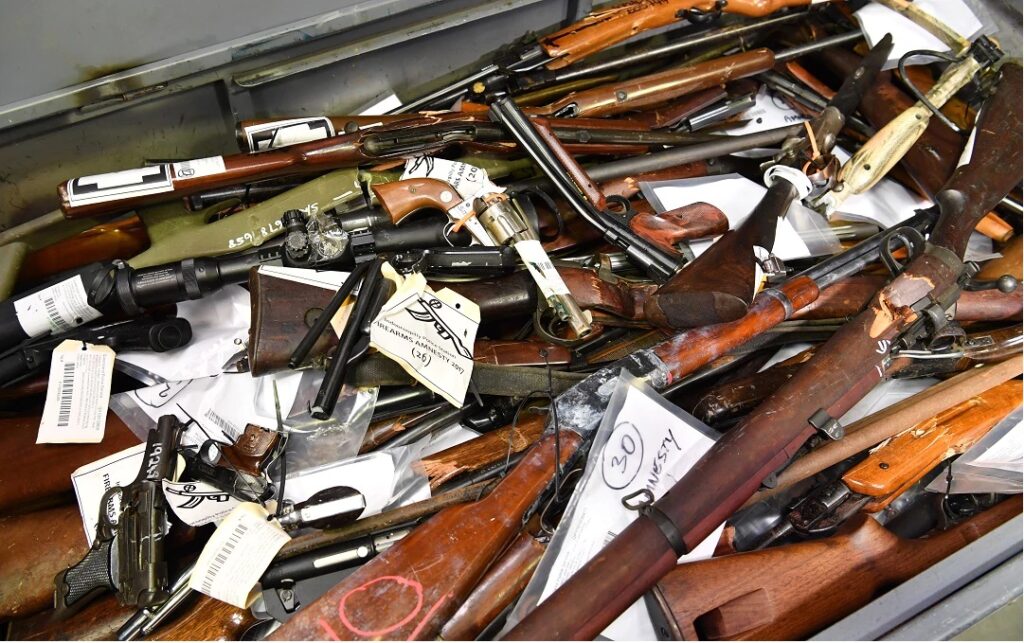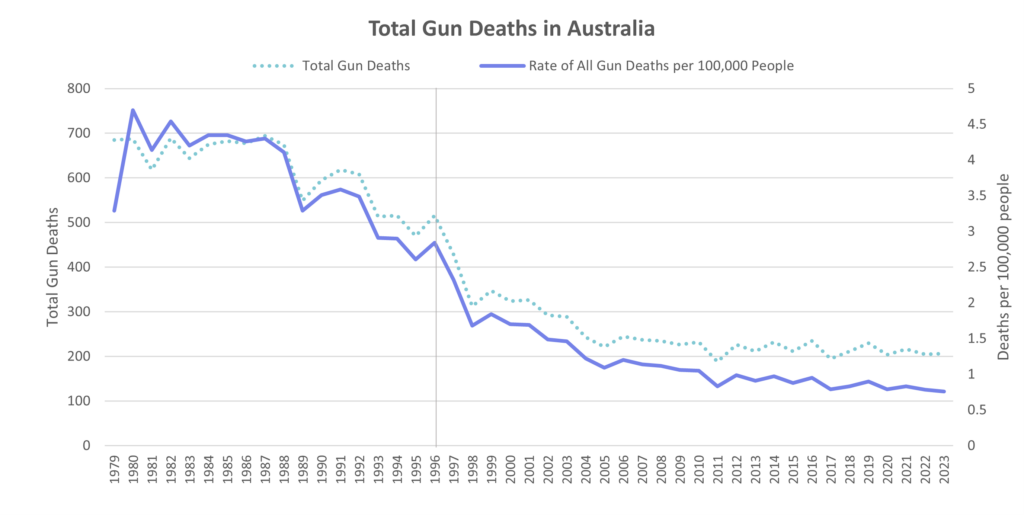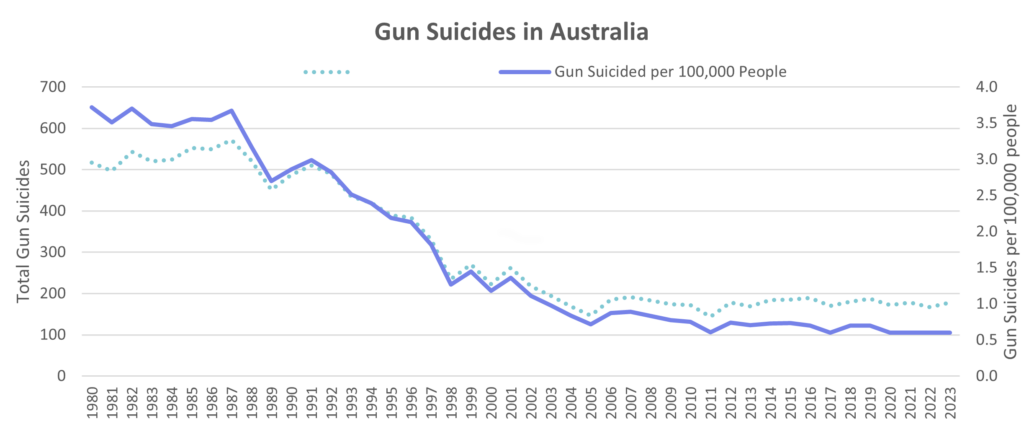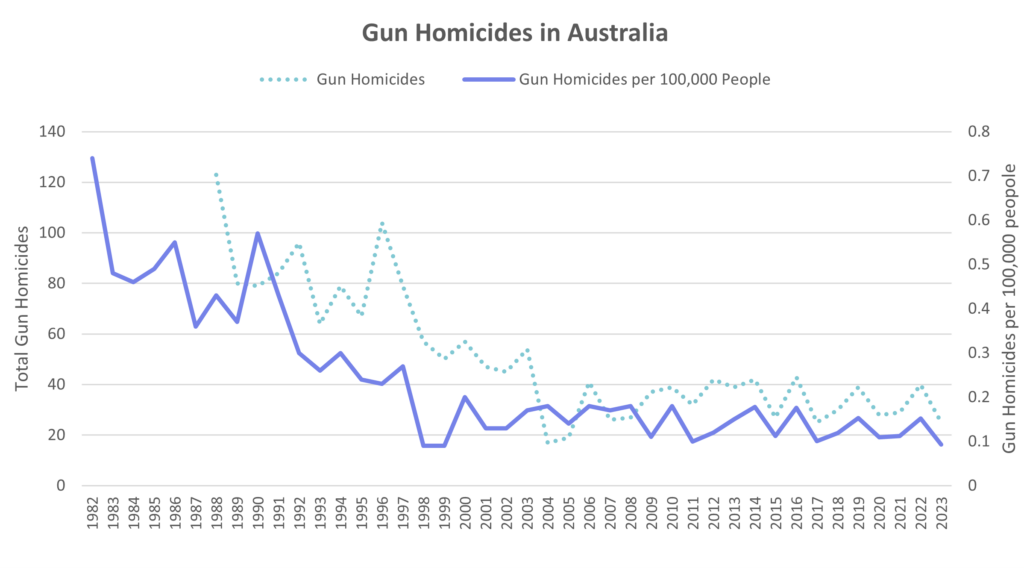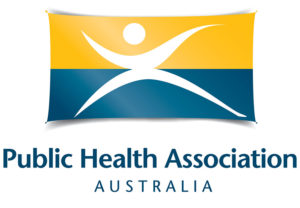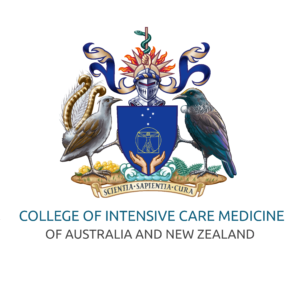Port Arthur
On a quiet Sunday in April, 1996, a single gunman armed with military-style semi-automatic weapons shot dead 35 people, including children, and wounded 18 others at Tasmania’s historic Port Arthur. The incident sent shockwaves throughout Australia. The impact on families, responders and the broader community was profound, and it continues to resonate today.
Including the Port Arthur tragedy, there were 13 mass shootings over an 18-year period in Australia. Combined, these shootings killed 104 people and wounded 52 others. Many other lives were scarred forever. The country was in shock, but we were also angry that this violence had been allowed to occur. Families and communities did not feel safe, and they called for immediate change across the country.
United by this cause, politicians and police ministers acted quickly. They provided bi-partisan leadership and support to implement substantial reforms to Australia’s gun laws.

